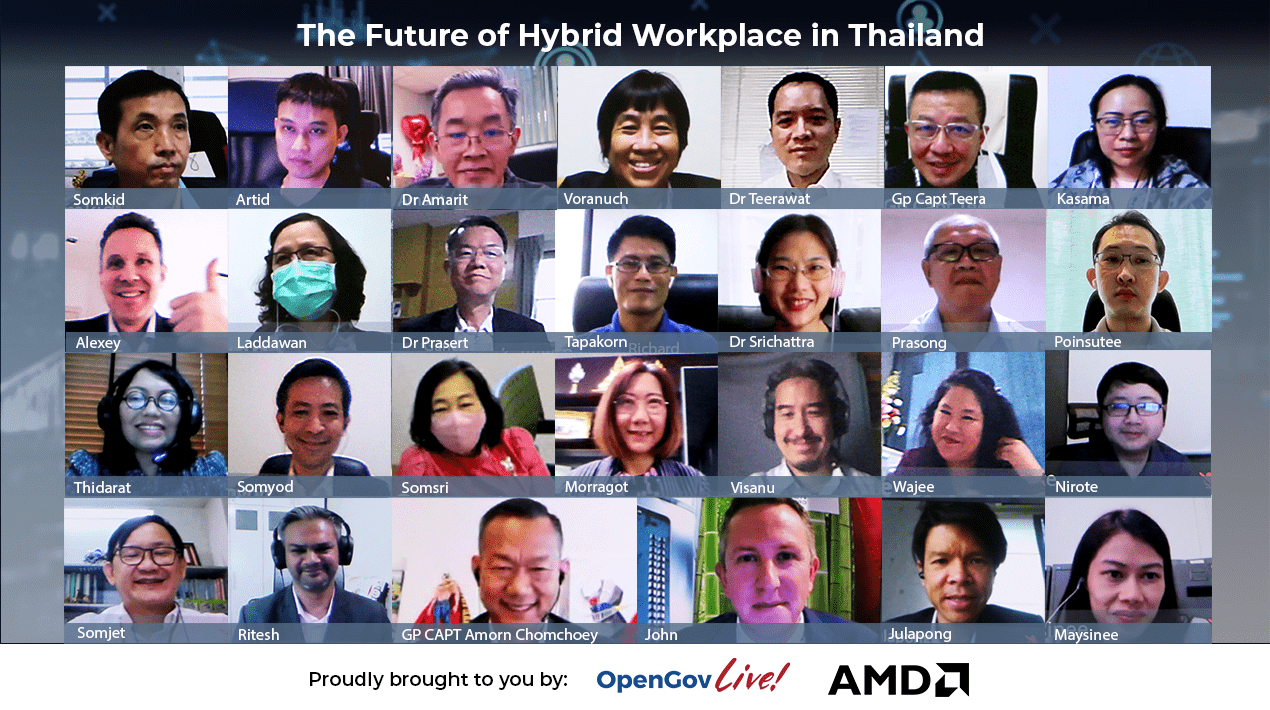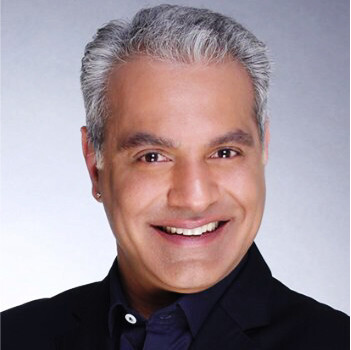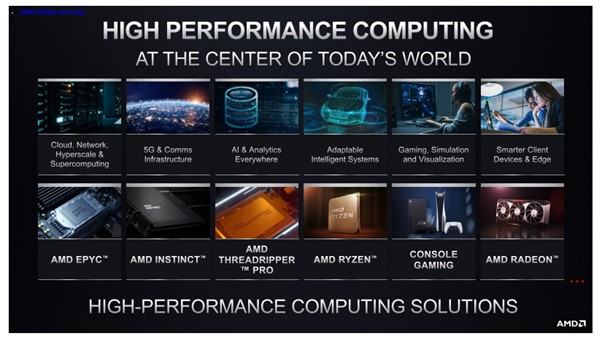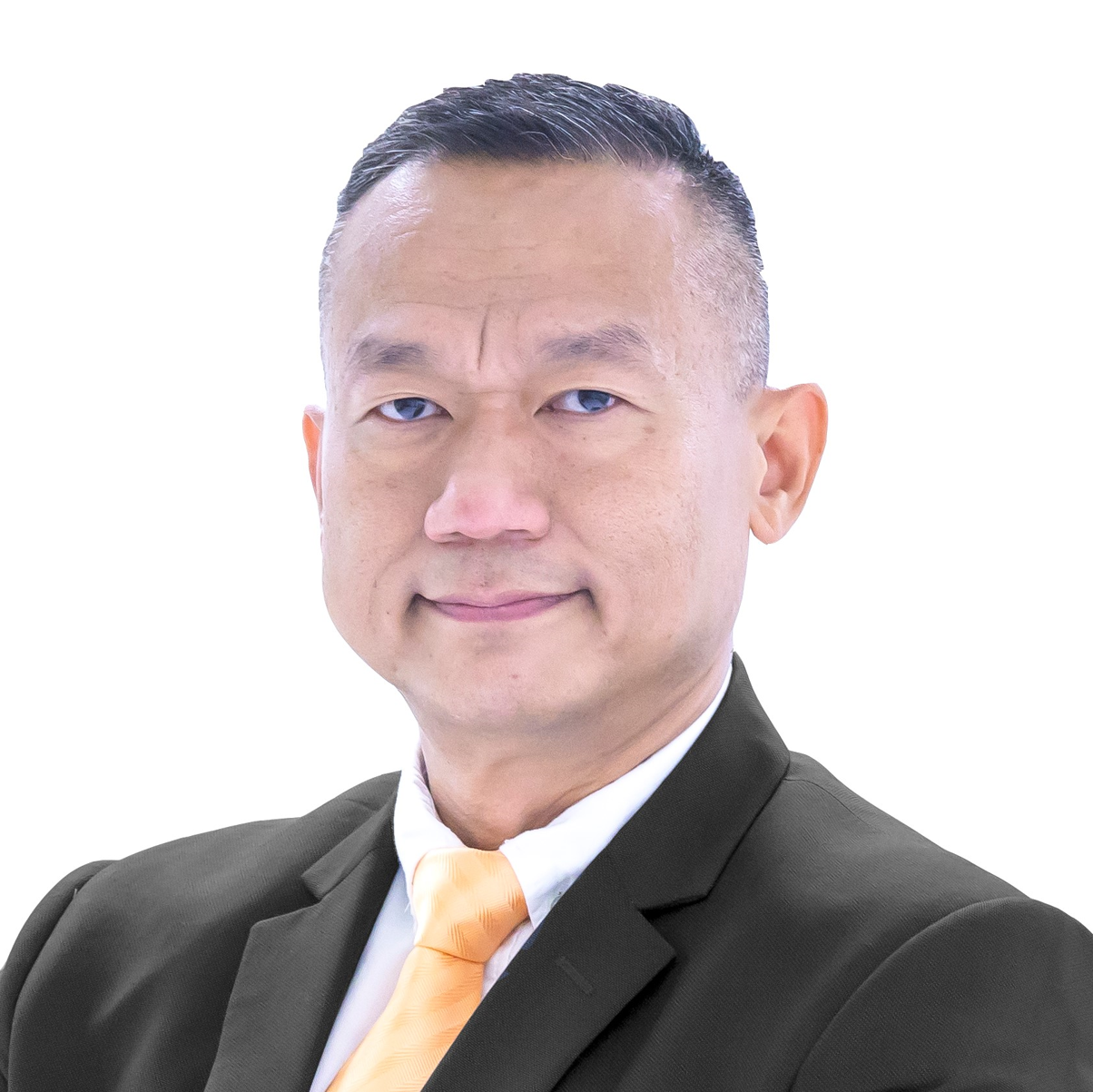
Employers and employees in Thailand alike are being compelled to reconsider the nature of the job environment because of the pandemic. Companies are increasingly embracing a hybrid model that incorporates a mixture of remote working and in-office. Many employees, according to a study, prefer this hybrid approach as they consider the workplace as an ideal place to meet, collaborate and socialise with colleagues – at least till when it is safe again.
Culture has fundamentally shifted, and organisations will have to redefine work and reimagine how teams function and collaborate. Remote working allows employees to work more independently with less oversight than traditional working techniques. This is beneficial in attracting and keeping employees, particularly millennials with prior experience leading digital transformation initiatives.
When evaluating work-from-home regulations, management must consider the quality of work and overall productivity in the light of the infrastructure, platforms and solutions needed to facilitate this. The right technological tools are needed to store and analyse data for measuring employee performance, which can be used to incentivise and encourage productivity, engagement, and collaboration of a remote workforce.
The question then is: How should organisations be viewing and preparing for this new reality?
As it is common to have several devices connected to multiple systems and linked to a defined cloud, hybrid work is bound to raise power consumption in supporting high-speed memory and speedy access. Therefore, to cost-effectively offer a reliable remote working experience, it is necessary to have a robust power management efficiency approach.
Remote and dispersed working in a digital environment is built on adaptability, agility and accessibility that requires a secure digital infrastructure. Only a robust cyber security system will ensure the safety of such an organisational setup.
Apart from that, maintaining flexibility is crucial to boosting efficiency and remaining agile. To that end, accelerating the power of server processors and cloud deployments in the virtual workplace can help to create an efficient working environment. Specifically, a hybrid cloud can give the required flexibility, agility and scalability while also controlling operating costs.
OpenGovLive! Virtual Breakfast Insight held on 23 November 2021 aimed at exploring strategies to foster a creative digital workplace with hybrid cloud, multi-layered security and manageability features that complement Thailand’s digital economy strategy.
Embracing the challenges of the hybrid work culture

Mohit Sagar, Group Managing Director and Editor-in-Chief, OpenGov Asia, kicked off the session with his opening address.
The pandemic has vaulted the governments and businesses headfirst into the next stage of digital transformation and online services. Culture has changed. “People do not want to return to the old work environment anymore,” Mohit asserts. Culture is going to challenge strategy if organisations force people to return to work in an office.
“Hybrid work is here to stay,” Mohit is convinced and organisations need to be able to provide the environment within the organisation that is harnessing technology to offer that service to your employees.
Against this backdrop, organisations carefully consider the implications of hybrid work as new challenges abound. Despite high productivity, the workforce is exhausted with rapidly increasing digital/online fatigue – it is getting more difficult to stay in touch with employees virtually.
Managing a dispersed workforce has meant that organisations have pivoted or are in the process of pivoting to a cloud-enabled model. While this offers significant advantages for remote working, data sharing and virtual collaboration, it has increased the surface for cyber risk. The new digital landscape has created many opportunities for cyber-criminals in Thailand and, indeed, globally.
In face of mounting challenges and evolving risks, the blueprint is clear: organisations must harness technology to enhance working experience and drive organisation goals in the new normal. Global companies have been looking into the design of high-performance computing solutions that will tackle some of the world’s toughest challenges.
“Do not hide behind the word security,” Mohit cautions. Security concerns should not deter people from embracing technology – security concerns must be confronted, not avoided. “Either deal with the risk of security or risk having dissatisfied employees leave.”
Mohit urges delegates to partner with organisations with the expertise to facilitate digital transformation. Experts can assist them to enhance the remote working experience and can make their digital transformation journey smoother, cost-effective and impactful.
Employing leading technologies to confidently transit to hybrid workplaces

John Hampton, Senior Director, Worldwide Customer Field Support, AMD, spoke next about the trends in the future of work, as well as the technologies that can help organisations facilitate transformation.
The pace of change is accelerating exponentially, John asserts. From one device per household, it is now the norm to have one device per user.
While technology used to be an enabler, it is now a foundational piece of the business. No longer is the younger generation the sole adopters of technology – everyone has been forced to embrace technology. Further, people now work from anywhere in a digital economy, as opposed to working from an office in a cash economy. The implications are clear – people expect access from anywhere, anytime, using any device.
The mission at AMD is to use technology innovation to solve the world’s biggest challenge. AMD has been investing and supporting the fight against Covid-19. AMD has been helping with research, stimulation s and high-performance computing working to accelerate the vaccine.
The attendant challenges, John points out, are issues of performance, security, price, reliability, and lower total cost of ownership (TCO), among other issues. While the challenges might seem overwhelming, AMD’s innovation can support these trends. AMD’s value proposition is A + A + A, which means CPUs, GPUs, and software.
John says that AMD has a portfolio that can help innovate and advance technology in a compelling way. He shared that AMD has hardware-based security in their processors. AMD possess a superior ‘zen’ architecture, multi-tier security design, ecosystem collaboration (ISVs, IHVs, CSPs), competitive price, excellent performance and power, industry-standard technology (no vendor lock-in) – all of which makes AMD a viable alternative option.
Some of the technologies include:
- AMD Secure Processor: A hardware root of trust that helps protect the confidentiality and integrity of data with minor impact.
- Secure memory encryption: Full system memory encryption helps defend data against certain cold boot and even physical attacks
- Secure encrypted virtualisation: A set of AMD technologies that help protect virtual machines with up to 509 unique encryption keys known to the processor.
- AMD shadow stack: Provides hardware-enforced stack protection capabilities to help guard against malware attacks.
John speaks of the advanced technology at AMD. The newest CPUs and GPUs are powering the new supercomputer and is delivering staggering performance. The same technology in the supercomputer is used in all the other products by AMD.

AMD also boasts a broad base of supporters including companies in the field of hardware, software, and operating systems. John is excited that AMD is partnering with many new customers in the new ecosystem. “Choice is so important right now,” John asserts, and AMD brings that choice in the different supply chains.
A fitting example is how DBS transformed its data centre with AMD EPYC™ CPUs. DBS Bank Ltd wanted to accelerate its digital transformation with technology at the core, provide greater resiliency, improve sustainability, enable faster release cadences, and lower costs. To enable that required a switch from monolithic systems to wholesale virtualisation across most workloads, particularly the next generation of cloud, machine learning, and AI (Artificial Intelligence).
The resulting solution was transferring DBS’ computing infrastructure from premium highly resilient systems to technologies such as the Dell PowerEdge R7425 and R6525 servers powered by AMD EPYC™ 7542, 7642 and 7742 processors. It also involved running VMware virtualisation, open-source software, and aggressive automation from Day 0 provisioning to Day 2 operations.
As a result, the footprint of a DBS data centre was reduced to a quarter of its size in square feet, consuming half the power and providing a tenfold increase in the room for growth. Coupled with the wide adoption of open-source software and aggressive automation, cloud infrastructure services can now be provisioned in a matter of minutes instead of months.
In closing, John reiterated that AMD can help organisations arrive at technology decisions based on technology competitiveness, future roadmaps (future proof investment), overall TCO benefits, standard implementation to avoid vendor lock-in and dual/multi-vendor solutions. He encouraged delegates to reach out to his team to explore ways they can help.
Strategies to tackle the challenges of a new reality

GP CAPT Amorn Chomchoey, Acting Deputy Secretary-General, National Cyber Security Agency, elaborated on the hybrid workplace situation in Thailand.
Echoing the sentiments of Mohit and John, Amorn posits that hybrid work is inevitable. Increasingly, employees want the best of both worlds – flexible remote work with opportunities for in-person work. At the same time, employees are experiencing a digital overload with the surge in time spent in meetings and chats each week. However, leaders are out of touch with employees who feel disconnected from their up-line managers. Zoom and Teams are not enough, he contends.
Singapore and Greater Asia, Amorn remarks, seem to be faring better – the leadership is more connected with workers and staff seem less exhausted. However, people are likely to move to other positions after they have been separated from their workplace.
Considering these prevailing trends, Amorn offered a few suggestions that organisations can consider to mitigate challenges. Firstly, organisations need to create a plan for more empowerment and flexibility. Additionally, organisations need to invest in technology to bridge the physical and digital world. There is also a real need to combat digital exhaustion from the top. Companies need to prioritise rebuilding social capital and culture. Finally, he emphasised the urgency to rethink employee experience to compete for talents.
Cloud adoption, Amorn adds, is paramount. Many companies recognise the tremendous benefits and are moving to cloud. He pointed out best practices that organisations can adopt while cautioning against common pitfalls that compromise data.

Setting up the right protection and security must be the priority in this age of digital transformation. Yet, security cannot be completely outsourced, he believes. “Even if you have SaaS (Software as a Service), companies still need to take up responsibility for the security.”
In summation, Amorn acknowledges that the world has changed. Organisations need to respond quickly and devise new ways to stay relevant in this changing world. Embracing technology is an indispensable part of that equation.
Interactive Discussion
After the informative presentations, delegates participated in interactive discussions facilitated by polling questions. This activity is designed to provide live-audience interaction, promote engagement, hear real-life experiences, and facilitate discussions that impart professional learning and development for participants.
The first question asked delegates which area they would focus on based on the Thailand Digital Economy Plan. Most of the delegates indicated digital transformation (61%) as their area of focus, followed by enterprise architecture (22%) and work collaboration (17%).
A delegate posits that transformation must begin with processes that people utilise. Agreeing, Mohit adds that technology is the enabler and emphasises the need to upskill the workforce to cope with the demands.
John concurs with the view that digital transformation starts with the people. “People are the most valuable resource at AMD,” he shares. “When organisations place people first, products and profits will follow. Against that backdrop, it is paramount for people to have a digital transformation and security plan in place.”
He is confident that AMD can help organisations accelerate those plans. In addition, he believes that AI and Machine Learning can act as false multipliers for organisations that do not have certain skill sets in place. The key is to be able to balance human resources and technology. If you put people in front you need to give them the process so that they can help you.
When asked about the most important focus of their organisation to ensure that operations can continue efficiently post-COVID-19 pandemic, most delegates indicated their focus to be strengthening business continuity plans (45%). The other delegates prioritised employee satisfaction (25%), reduction of Total Cost of Ownership (20%) and sales strategy to increase revenue (10%).
Focusing on sales is the most important, for Mohit, because all other policies and practices will align when the organisation is driven by revenue. He points out that all the options are important but that organisations need to choose a focus area and a starting point for their journey.
A delegate shared that his organisation is focusing on cloud services to reduce TOC. Without a doubt, cloud has become mainstream for government and all private sectors, Mohit concedes. From his observation, governments have challenged how processes and technology deployment goes into the market.
For some organisations, Amorn points out, costs are a real concern. John recognises costs as a genuine issue and shared that AMD has experience in managing budgets and helping customers get more with their existing budget through various hybrid cloud solutions. For example, AMD has been able to deliver the same or higher level of performance with reduced software and hardware cost, using a single processor to perform what is done in traditional dual-processor data centres.
Inquiring on the main issue executives and management should on decide on when evaluating work-from-home regulation, most delegates indicated platforms and solutions needed to facilitate work-from-home (65%) as the main area. The remaining votes were split between overall productivity (18%), quality of work (12%) and IT infrastructure (5%).
Since work-from-home is here to stay, organisations need to move away from blaming infrastructure or processes, and instead, find solutions through technology. John, too, believes that organisations need to evolve the way they think. To alter the way people work, technology must be deployed in this new reality. The quality of work from employees will improve through improvements in technology.
Mohit is convinced that the workforce in Asia is more tech-savvy now – they own their own smart devices and are interacting with multiple platforms. In fact, they are not only demanding remote working but having access to everything remotely.
A delegate commented that keeping track of people and work has been a challenge. That, Mohit is an issue of culture. The key is not to dwell on the challenge but to find solutions to evolve the platforms that employees use so that it becomes more engaging and appealing. That is the way to retain employees while ensuring that quality work is produced.
John concurs with Mohit and emphasises that organisations can achieve outputs is through culture. Organisations need to consider how they are shaping culture such that it continues to adapt to the modern situation.
Regarding strategies to incentivise and encourage productivity, engagement and collaboration of a remote workforce, more than half the delegates indicated that the flexibility of working from anywhere (55%) is an important strategy, followed by a convergence of personal and professional devices (27%) and secure digital infrastructure (18%).
On the main types of cloud computing organisations work with, delegates were evenly split between private clouds (33%) and hybrid clouds (33%). The remaining votes opted for multi-clouds (28%) and public clouds (6%).
In the last poll, delegates were asked about how their organisation measure the performance of IT Infrastructure. In response, more than half of the delegates selected system performance (55%) as the indicator, followed by the overall Total Cost of Ownership (45%).
“People are waiting for the technology that can change them and their behaviour,” a delegate opines. With the right technology, engagement and connection can enable the workforce to stay motivated and continuously perform.
For Mohit, all the options point to one thing: that hybrid cloud infrastructure is in place for all the other objectives to be achieved.
Conclusion
In closing, John summarised the discussions. It was exciting to note, he said, that the theme of “people as resources” stood out in the discussion. He is a firm believer in the paramount importance of using tech, tools and plans to support people.
Along the same vein, he reiterated the importance of employing the right technologies to mitigate the issues of transiting to hybrid work culture.
While it might sound daunting, partnerships can help to lubricate the process and ease organisations in the move towards change. He underscored the importance of such conversations to understand the challenges that organisations face
John says AMD is s a disruptive force because they deliver a high level of performance at a dramatically lower TOC. He invited delegates to reach out to him and the team if they had queries or wanted to explore ways AMD can help them.
Concluding the session, he thanked all the delegates for their participation and insights on the topic and looked forward to collaborating with them in the near future.
















